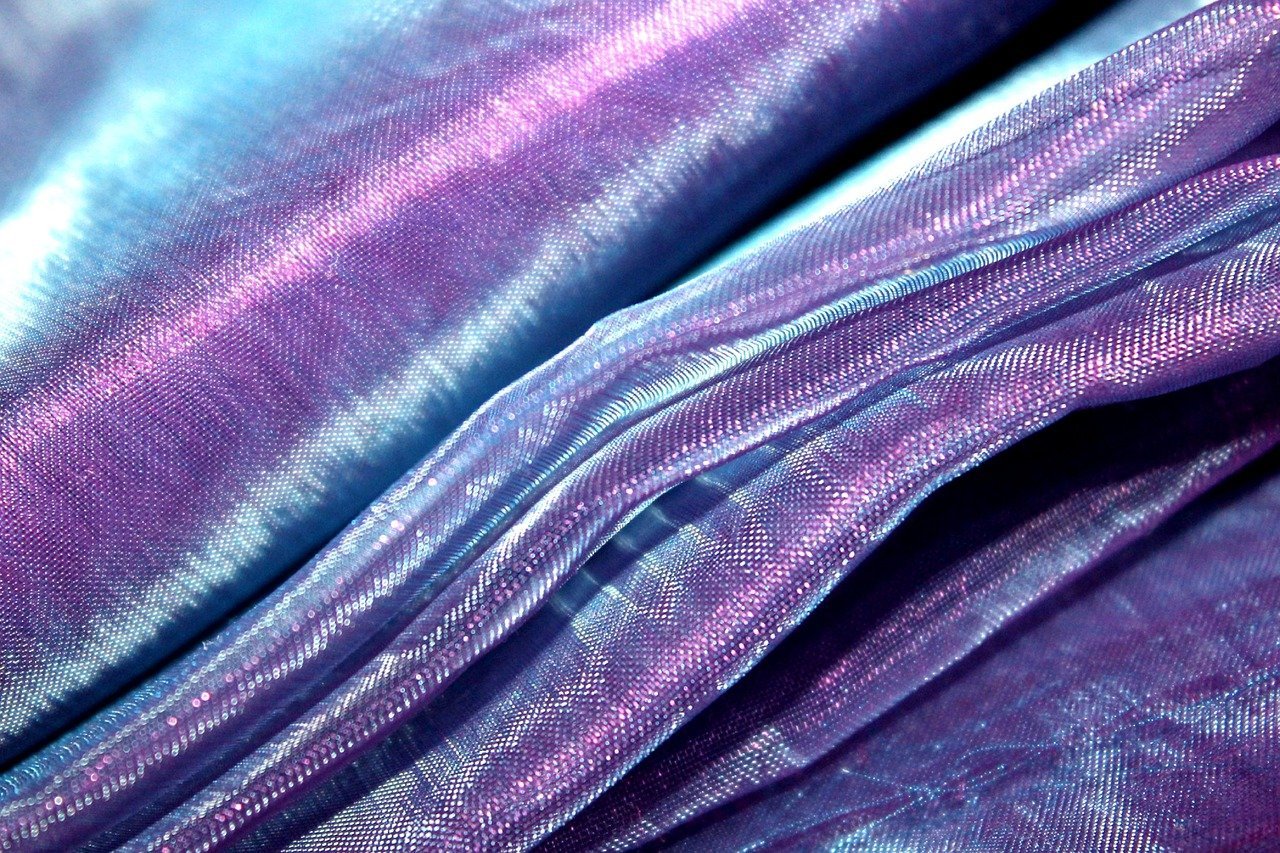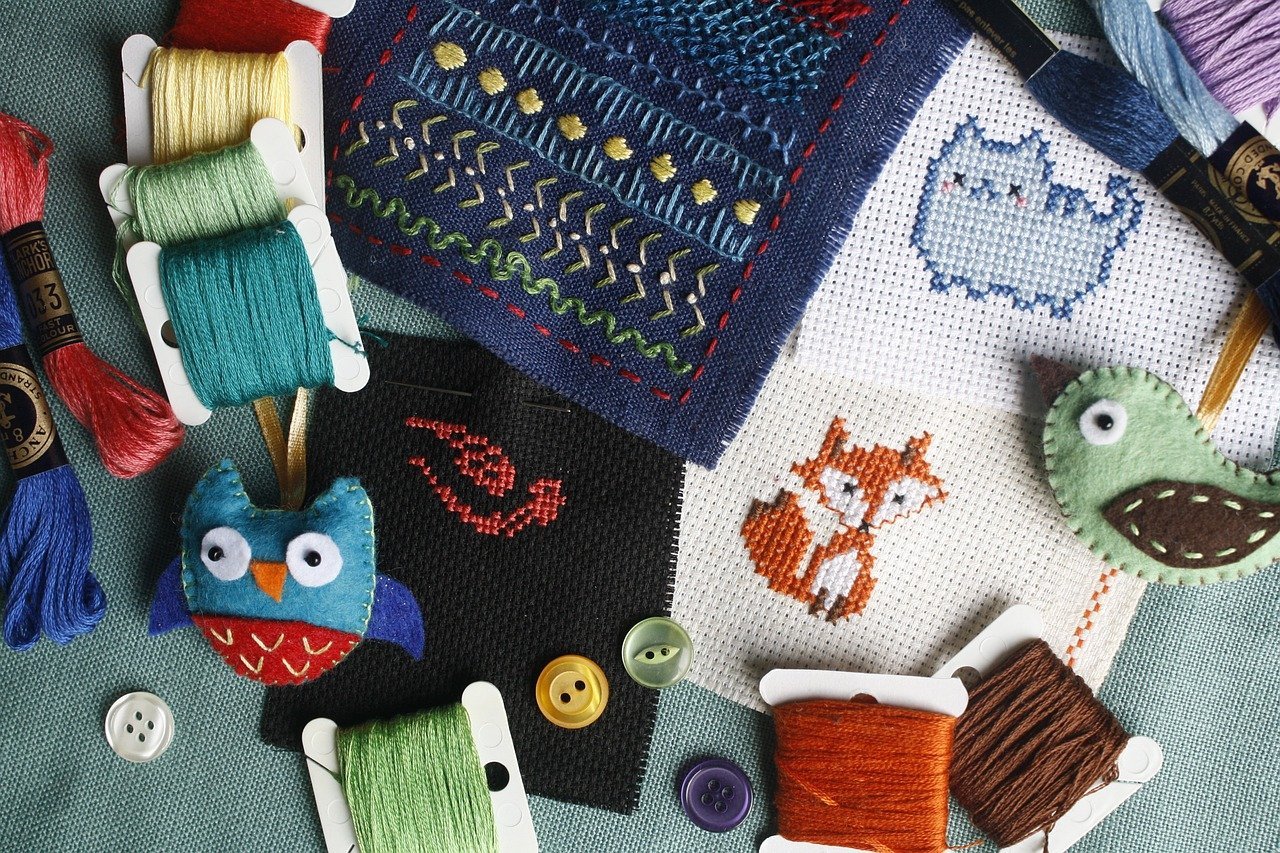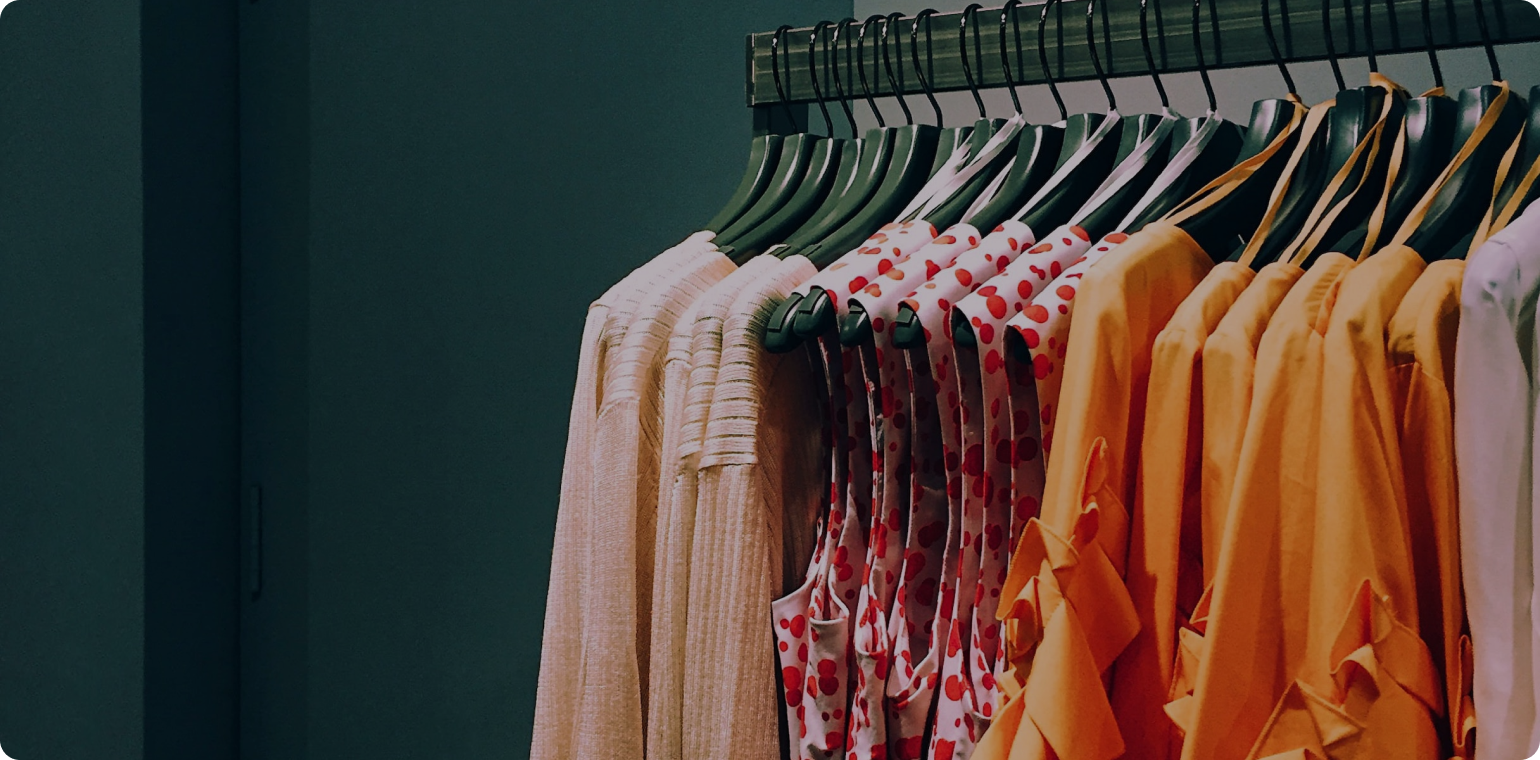
History and Evolution of Khadi
When Alexander the Great conquered India, his men adopted cotton clothing, which was considerably more comfortable in the heat than their usual woollens. Alexander's admiral, Nearchus, noted that "...
Read more

History & Evolution of Muslin Fabrics
Muslin is one of the cotton fabrics that used to be a premium tissue. Although it is often thought that the cloth originated in Mosul's Iraqi city, the cloth was probably originated in ancient Indi...
Read more

The Organza Fabrics consists of a lightweight plain weave. The sheer quality of this fabric results in a relatively thin, transparent and flimsy textile, because it is woven in an extremely low den...
Read more

Embroidery in India varies according to the region and material used and consists of a wide range of embroidery styles. The eloquent tradition of embroidery fabric persists in India. The states and...
Read more

Historically, needlepoint designs were typically drawn by amateur embroiderers, sometimes from patterns published in Europe as early as the 16th century, or by professional embroiderers, most of wh...
Read more

Texture and Dimension in Embroidery
Imagine a textile artwork you admire. Take a mental picture of it. Imagine how intricate the textures are. Patterns have a high level of complexity. Are you intimidated? You don't understand how to...
Read more



